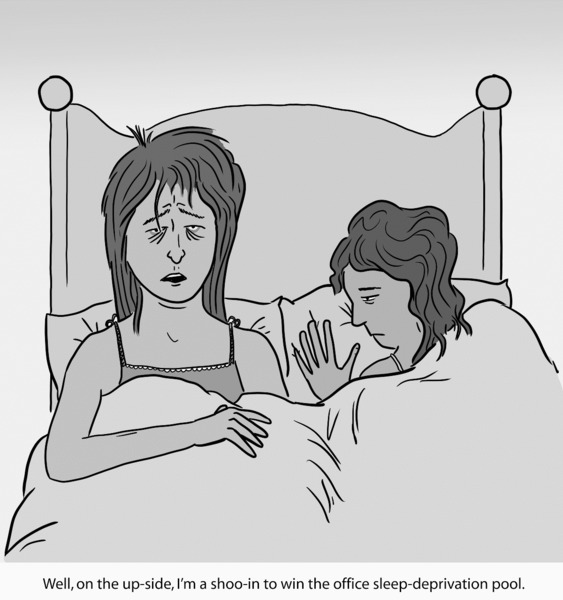Chapter 2 The Foundation: Understanding the Areas of Self-Care

Dealing with Stress
Now that we’ve covered the problem of burnout in the nonprofit sector and what can cause it, we’ll lay out the areas in your life where you could have stress. Sometimes, chronic stress becomes so much a part of your life that you don’t recognize it or the toll it is taking on you until burnout occurs. Chronic stress can wear you down and make you sick and unhappy.
A major step to avoiding the damage your stress can cause all around you is to take care of yourself first. A common analogy that highlights the importance of prioritizing self-care is the instruction you hear from flight attendants when you travel:
Put your oxygen mask on first, then help others.
Translation: You’re no good to anyone—not your family, not your friends or community, not even your employer, coworkers, or the people you want to serve—if you are depleted of energy and unable to function at your optimal levels. Recognizing your stress symptoms and triggers is important. Even more critical is to know whether you are dealing with your stress using negative behaviors or positive self-care routines. Self-care can be a powerful way to reduce your stress.
What Is Self-Care, Really?
Self-care is about revitalization. Self-care requires that you take a more holistic view of who you are and how you are, from head to toe, inside ...
Get The Happy, Healthy Nonprofit now with the O’Reilly learning platform.
O’Reilly members experience books, live events, courses curated by job role, and more from O’Reilly and nearly 200 top publishers.

